Introduction
Selling physical products online is getting tougher and tougher.
There are currently over 377,500 stores on Shopify alone. And that’s not including other huge platforms which are likely doing similar numbers.
Markets are becoming more and more saturated, and it’s becoming difficult to differentiate your company from the competition.
To make it worse, we often hear success stories that preach about how you can make money in no time.
How you can do little to no work and still bring home the bacon.
And yet you find yourself nowhere close to that ultimate goal of striking it rich.
But what if I told you that you could find incredible success in just a few months?
And what if I told you that DODOcase did exactly that by selling a non-niche product?
DODOcase is an electronics case company that struck it big with an iPad case!
They were able to generate nearly $1 million in revenue in just three months.
They were featured in the New York Times and won Shopify’s Build-A-Business contest.
All by selling a simple iPad case.
So, no, you don’t have to have the ultimate niche product or the next Facebook to make it big.
You’ve just gotta improve an existing product and develop the best possible marketing strategy you can.
Here’s how DODOcase made their million in just three months and how you can replicate their strategy for success.
How DODOcase did it
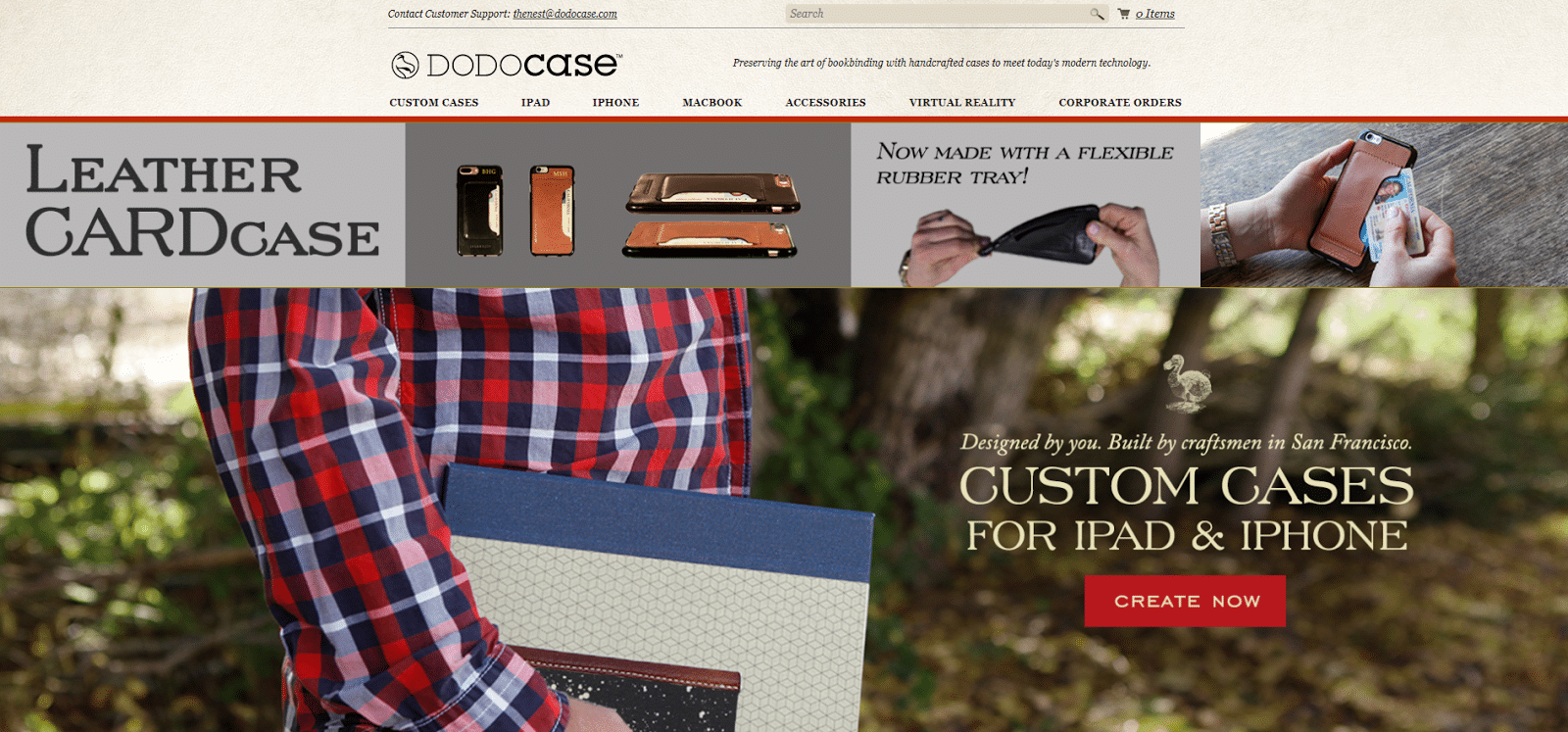
DODOcase was founded by Patrick Buckley on April 1st of 2010 in San Francisco, California.
Within just three short months Patrick grew his electronics case company to nearly $1 million in revenue.
The company makes tons of products for iPad, iPhone and more. And they are all handmade to look like classic notebooks:
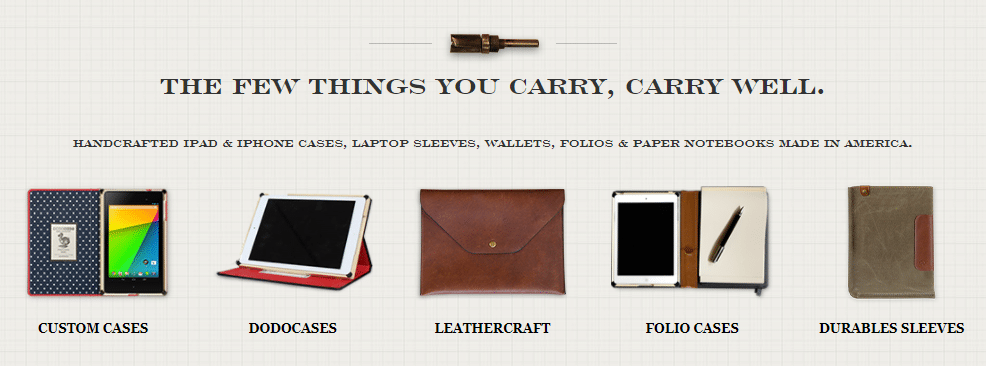


DODOcase’s goal is to bring the classic notebook look back by creating them in case form.
Now they’ve been mentioned by countless news sites such as the New York Times and Shopify.
They even won Shopify’s Build-A-Business contest by producing the most revenue, earning them an extra $100,000 from Shopify.
Here’s how they did it.
Patrick was a high-tech entrepreneur always looking for the next big software hit.
One day he stumbled across Shopify’s contest and decided that he needed to enter.
And that was just about the time when the iPad was being announced by Apple at launch.
He began prototyping various case designs that mimicked older notebooks and leather goods:
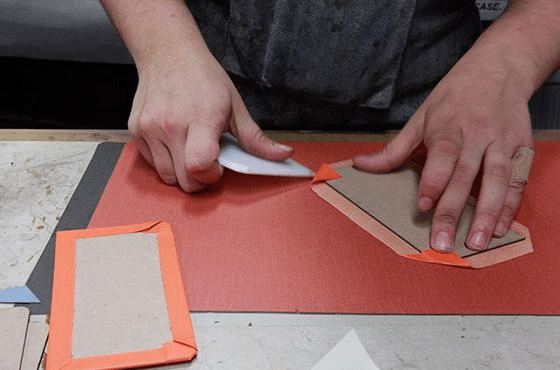


By the time he launched the product, he had only a single SKU. He created a simple Shopify website and threw the product up in hopes that it would take off.
But the key to DODOcase being successful was in the buildup and hype of their product.
Patrick said that he modeled his launch after Apple’s strategy:
Producing hype by teasing the product before launch and building a customer list of people who were eager to buy so that launch-day sales would skyrocket.
This technique is exactly what Apple does, too.
They use keynotes and presentations to build hype for their newest release and have buyers clamoring to spend thousands of dollars when the product is released.
And Patrick wanted to capitalize on this market for obvious reasons. The iPad launch was coming, and he knew that targeting people in person would spread the news about his cases fast.
So Patrick started by browsing Craigslist to find people in different cities near San Francisco (company HQ) to hand out a postcard with their product pictures and a coupon on it.
He hired people on Craigslist for commission-based sales to hand out postcards and generate hype and website traffic at the in-person Apple stores.
He further incentivized them with coupons, too!
Patrick only spent $500 on marketing for his launch.
And it worked like a charm. Famous bloggers who were lined up at the stores got wind and bought cases with the coupons.
Patrick says that a single blogger wrote a review and linked his site, generating over 1,500 sales in a single day.
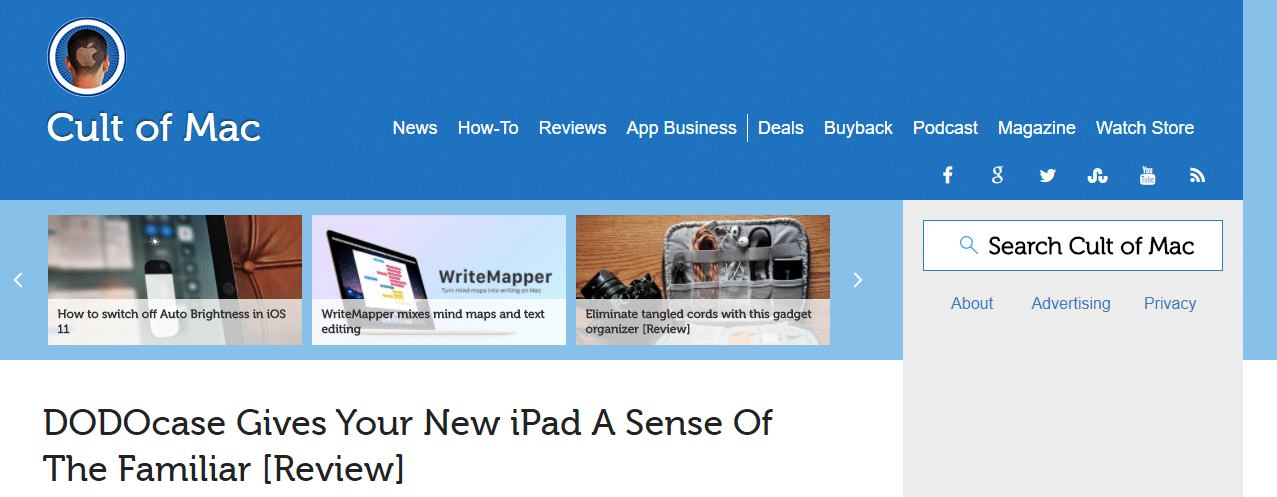


He credits most of their success to influencer marketing and taking his product directly to the people in unconventional ways.
Patrick conducted even more influencer outreach to get his products featured on the best tech sites like Wired and Engaget.
He grew his business to nearly $1 million in revenue in just 90 days.
And the good news? His strategy isn’t unique to just electronic case sales.
Anyone with a business can follow his cheap marketing strategy to generate hype and sales.
Ready to learn how?
Here’s how you can do it too
The three main strategies that Patrick implemented and recommended were:
- Develop creative postcards with coupons and product info
- Use viral offline marketing to drive traffic
- Connect with influencers to drive sales
Today we’re going to show you how to do each one of these on your own.
Let’s jump right in.
Step 1. Develop your creative and coupons
Visuals are a huge piece of marketing. They should be a part of every marketing strategy and tactic you have.
From social media posts to blog posts and website design, images are crucial for converting customers.
In fact, 40% of people respond better to visual info than plain text. And 80% of what we see is retained.
Visitors only read about 20% of words on any given blog post.
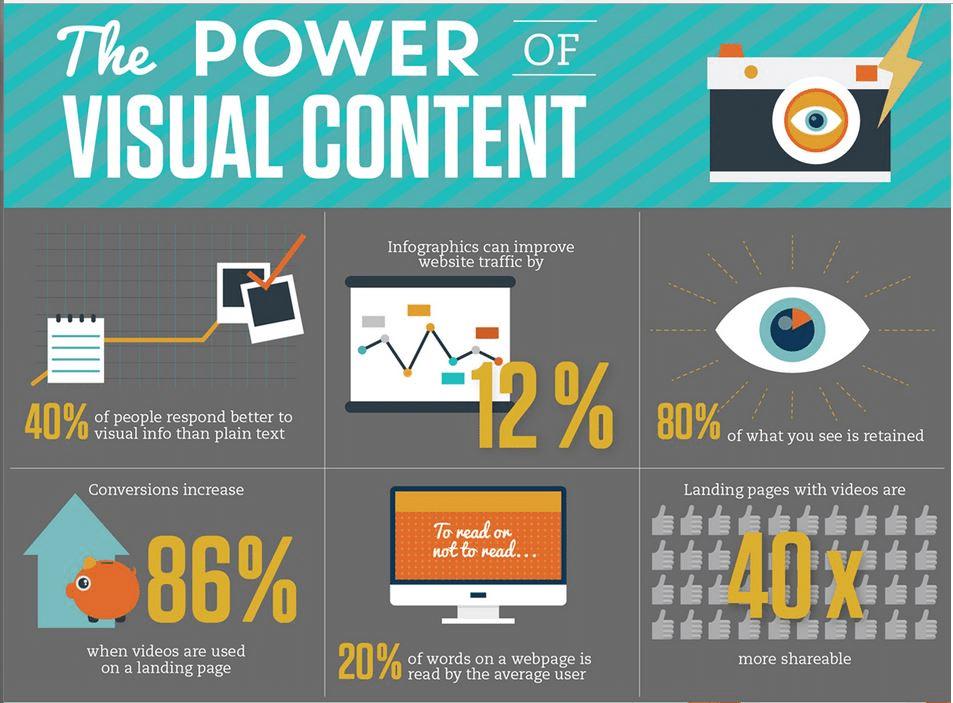


The reasons to use images are nearly limitless.
They are better at keeping traffic around for longer, and they push people to convert more than plain text.
And Patrick took advantage of the power of visual marketing by creating beautifully designed fliers.
And thankfully, you don’t have to be a professional designer to create amazing visual content either.
Thanks to applications like Canva and Piktochart you can create stunning visuals in under 5 minutes.
To get started creating your flier or ad creative, open up Canva and create a free account:
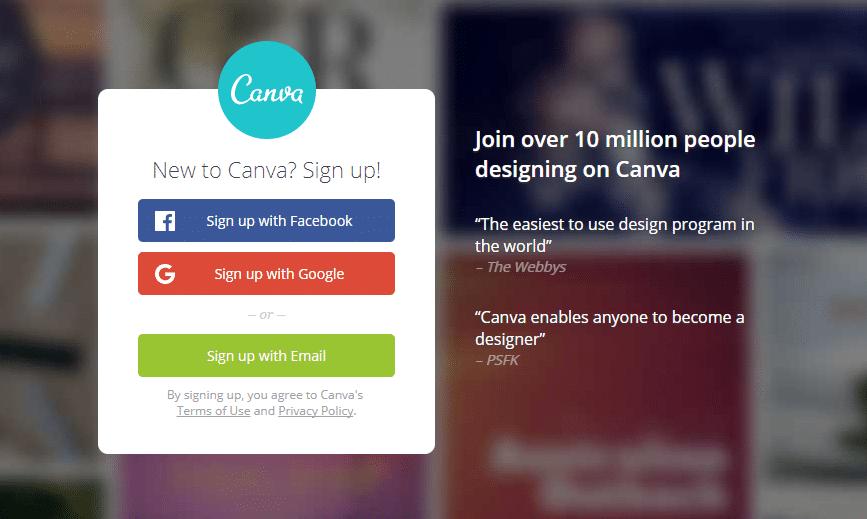


Once you’ve created a free account, you can head to your dashboard and choose between multiple different document styles and sizes:
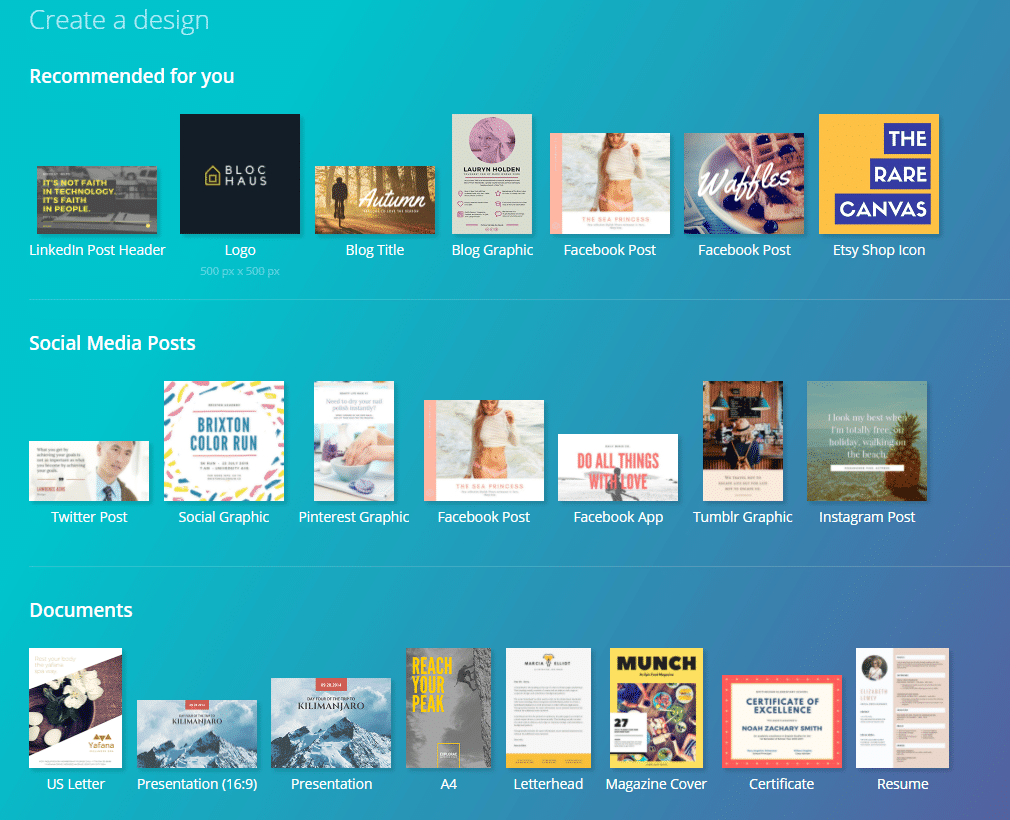


Here is where the fun and creativity begin.
You can choose from social media style graphics to documents like a magazine cover.
For this, we want to make a versatile hand-out style graphic, so we can scroll down to the “Marketing Materials” section and select the “Gift Certificate” option:



This selection will be 6 in x 4 in real life, making it a great size for people to see your product and not lose it.
Next, simply select that style to edit, and you can choose from dozens of free templates:
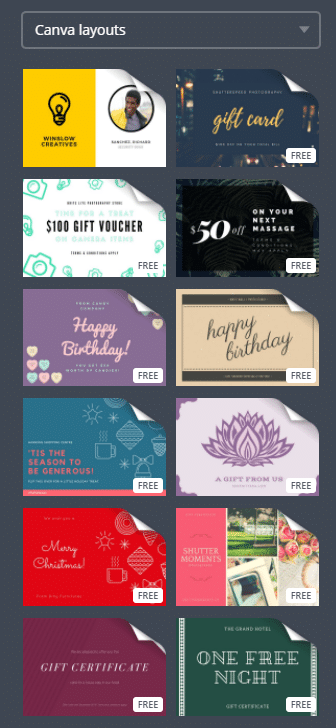


Be sure to pick a template that will help you convey your product as best as possible.
Pro tip: you can change the colors of any of these templates to match your branding and logos, so don’t focus as much on color as a primary selection.
Once you’ve selected a template, you can begin editing everything with their easy click-to-edit style program:
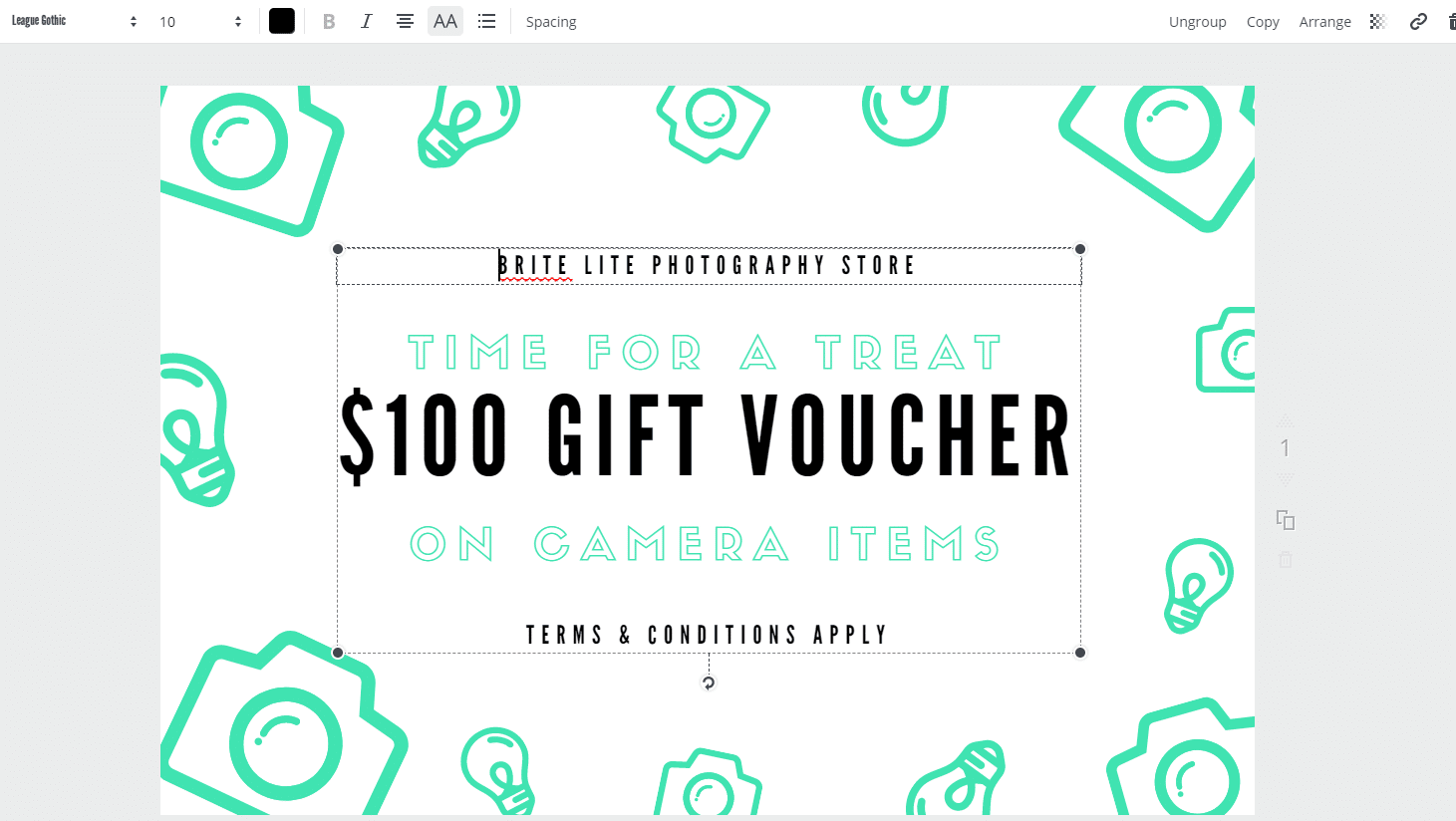


You can change the font color and size, or even mess around with the background image colors to fit your company colors.
You can also upload product shots if your product is tangible. Simply hit “Uploads” on the left-hand menu:



Then click “Upload your own images”:



And you can then easily insert these onto the document!
And once you’re done customizing the creative aspects, you can order prints directly from the website, or simply download the digital file to use for online efforts:
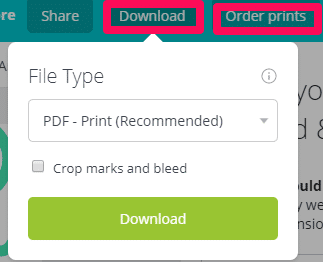


Canva is an awesome tool that will help you create beautifully-designed product sheets in just a few minutes.
Once you’ve created your postcards, head over to Shopify to create coupon codes.
Login and navigate to the “Discounts” section of your dashboard:
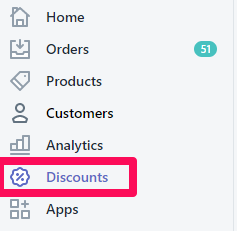


In the upper right-hand corner click “Create discount”:



Here you can type in a custom code or generate a new code if you want it to be non-specific:



You can then customize the detailed settings below:
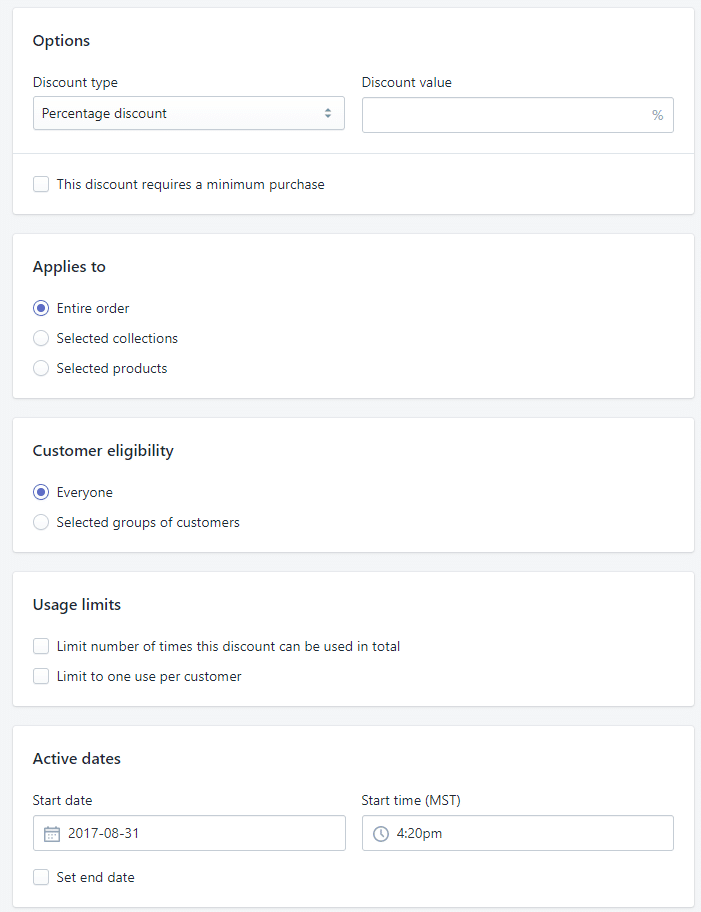


Be sure to change the active dates to match up with your campaign and limit the coupons used.
Change the “Applies to” option if you want to limit how the coupon can be used, too.
Once you’ve got your coupon, simply head back to Canva and paste it onto your document for people to use.
Ready for step 2? Let’s do it.
Step 2. Spread the word offline and online
After you’ve taken the time to develop your marketing materials to create a viral promotion, you need to spread the word.
Patrick took an unconventional approach and took his marketing efforts offline.
Instead of launching a digital-marketing campaign, he took it offline.
He started by browsing Craigslist for college students that were looking for work. He asked them if they were interested in heading to Apple stores across California to generate viral buzz by handing out postcards of his products.
But as he said in an interview, he thinks it might be against the Craigslist terms of service.
So instead, try generating viral buzz and handing out those fliers at your own meetup.
Use a website like Meetup to showcase a new product and build offline buzz.
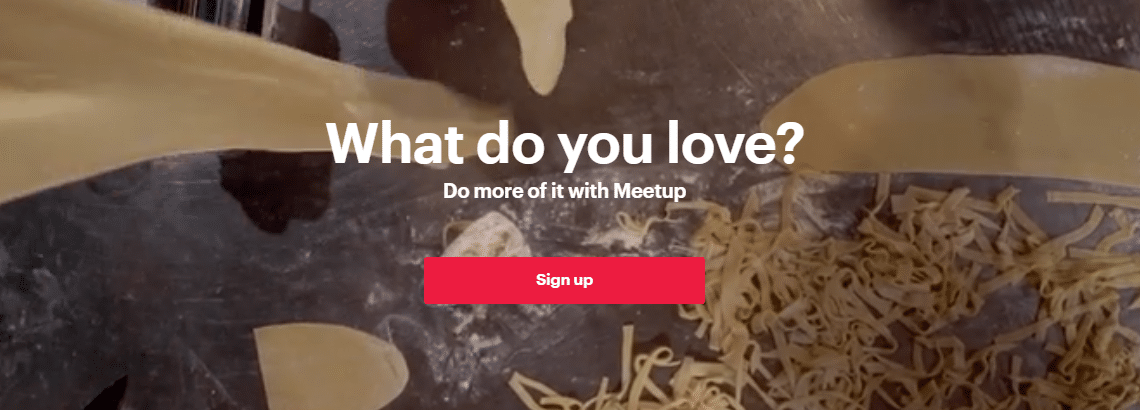


You can find almost any type of event on their website:
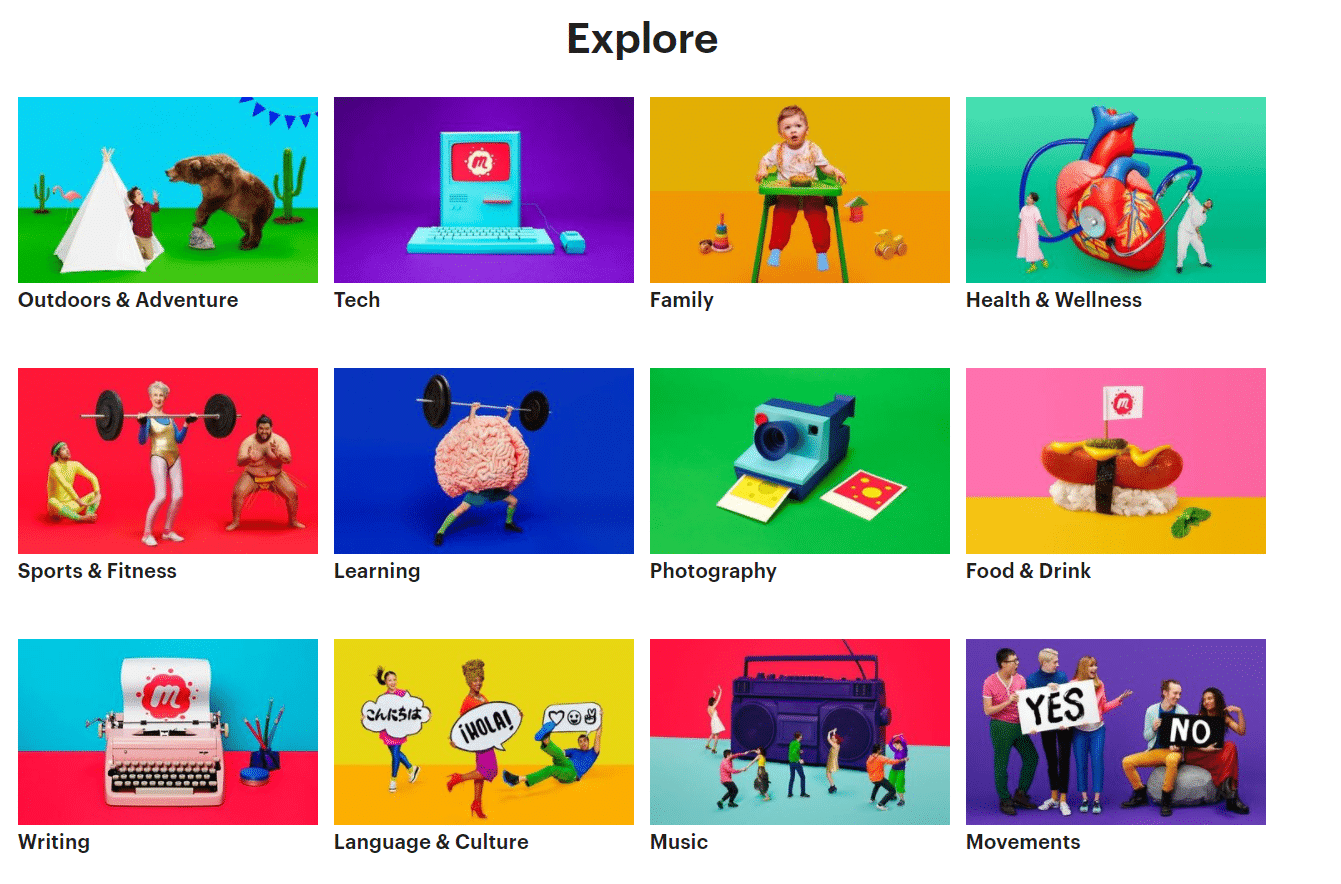


So even if your product is boring, you just need to develop a spin off.
For example, if you sell candles, you could host an event about candle making.
Or if you sell cookware, you could host an event where you cooked food for people and displayed your product.
The idea here is to generate tons of local hype and press with events.
To get started, you can make a free account by clicking “Sign up” on the home page.
Next, setup your account information and you will be sent to your dashboard.
The dashboard is a great place to spark ideas for your own meetup.



You can simply search or browse any existing meetups in your area to get ideas on what people are doing.
When you’re ready, simply click “Create a Meetup” in the left corner:



Give your meetup some common tags that will help people find it organically:
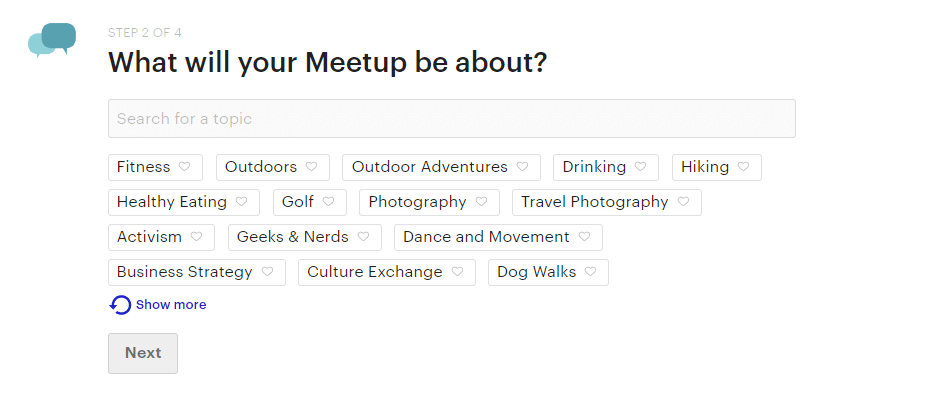


Then be sure to give the meetup a great title and description to draw users in.
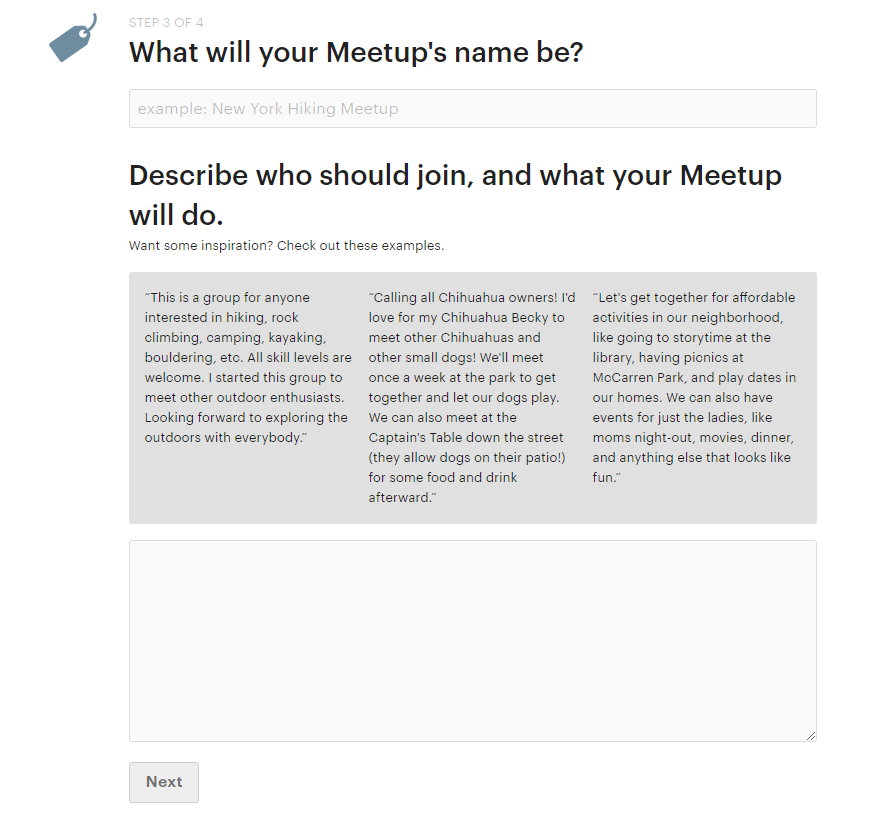


And that’s it. Now you can promote your meetup on social media to drive even more offline visits.
But, for some businesses, generating a viral in-person buzz isn’t really their cup of tea.
And if you don’t want to go offline, you can generate hype on social media by running a giveaway or contest.
For running a giveaway, Gleam will be your best bet. It’s a tool that can help you drive tons of traffic to your site and generate a lot of social-media hype.
Here’s what your end product will look like:
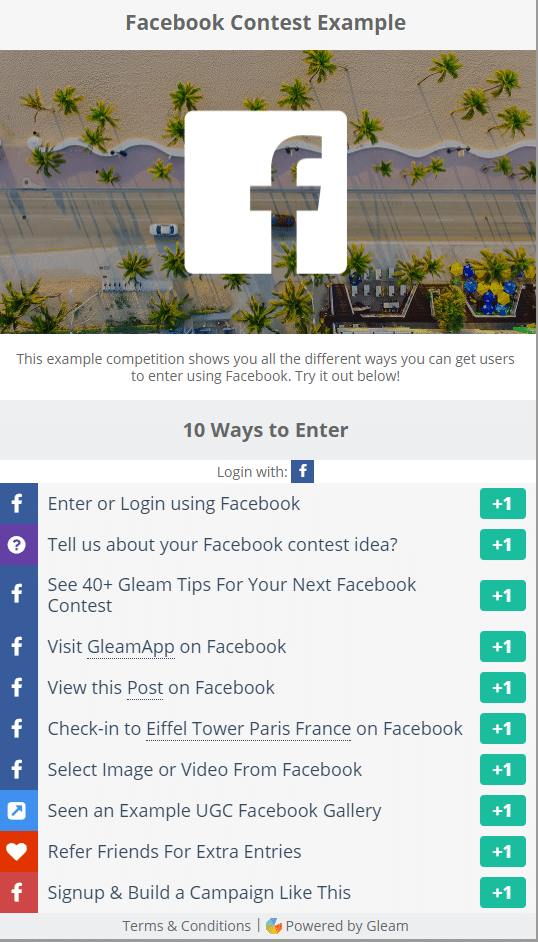


It’s a simple giveaway interface that allows you to connect tons of social profiles, website links and actions for users to take to enter your contest.
All of these actions are verifiable through Gleams system, meaning that users will have to complete the tasks to enter.
To get started, create your free account on the Gleam homepage:
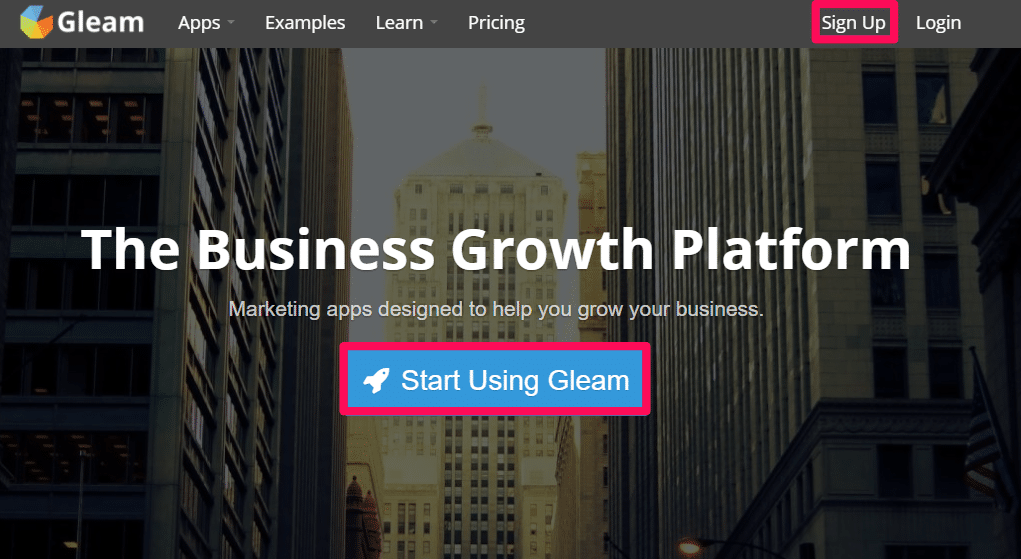


Navigate to your dashboard and create a new competition:



Or select from existing templates:
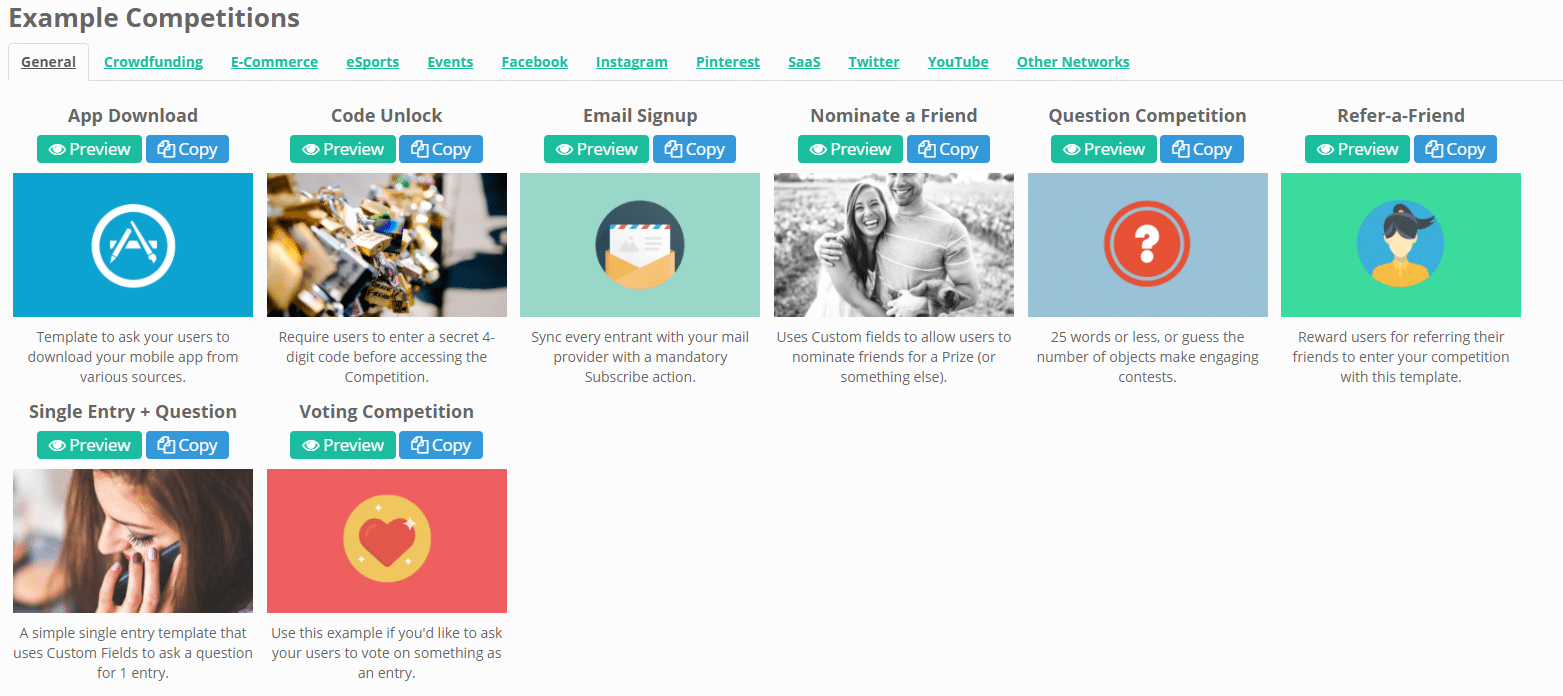


This giveaway can be for almost anything. You can give away products, coupons, gift cards and more.
And you can use that flier you created in the first step to share on social media to inform people of your epic giveaway!
Simply fill out the details on your giveaway and then choose ways for people to enter:



Here, you can set options that allow people to follow you on social media platforms for extra entries.
You can even select “Blog” or “Custom” to drive traffic to your site for entries.
Use this giveaway as a chance to bring in new customers and start a viral buzz around your products.
Ready for step 3? Here we go!
Step 3. Outreach to popular industry influencers
Once you’ve got some traction on your products and you’ve started to give out coupons, it’s time to conduct outreach.
Patrick credited outreach as one of the best ways he drove sales. In fact, a single blog post that mentioned his product drove 1,500 individual sales in a single day!
And this can be seen on almost any blogging website. Tons of review blogs exist for the sole purpose of reviewing products that are sent in for free.
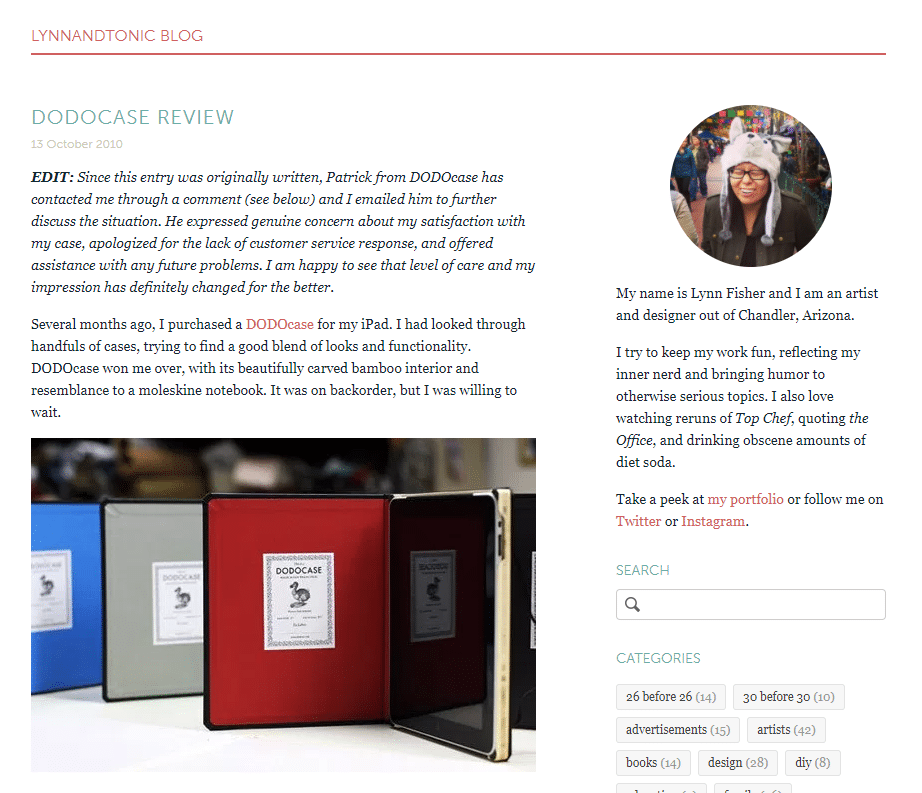


So, how do you tap into these blogs and get reviews of your products?
By conducting cold outreach and offering your product for free or including a discount.
First, start by researching popular blogs in your niche.
For example, if you were selling cases, you would want to start by searching for basic tech review blogs:
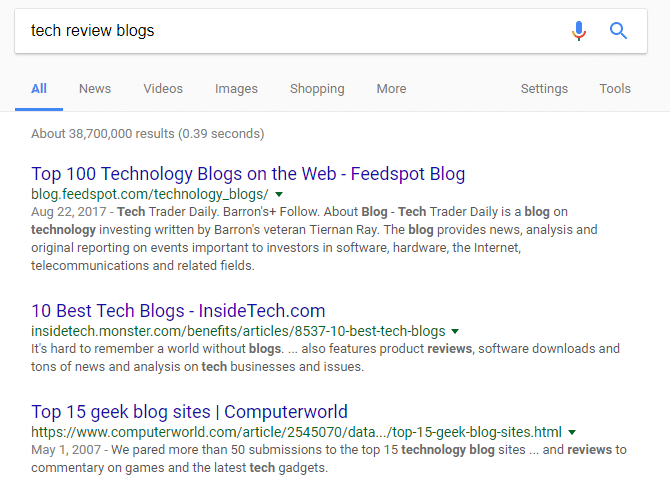


Depending on how refined your niche is, this should turn up tons of results of “round-up” style posts.
These posts will often list the top 10 or even 100 blogs in a given niche.
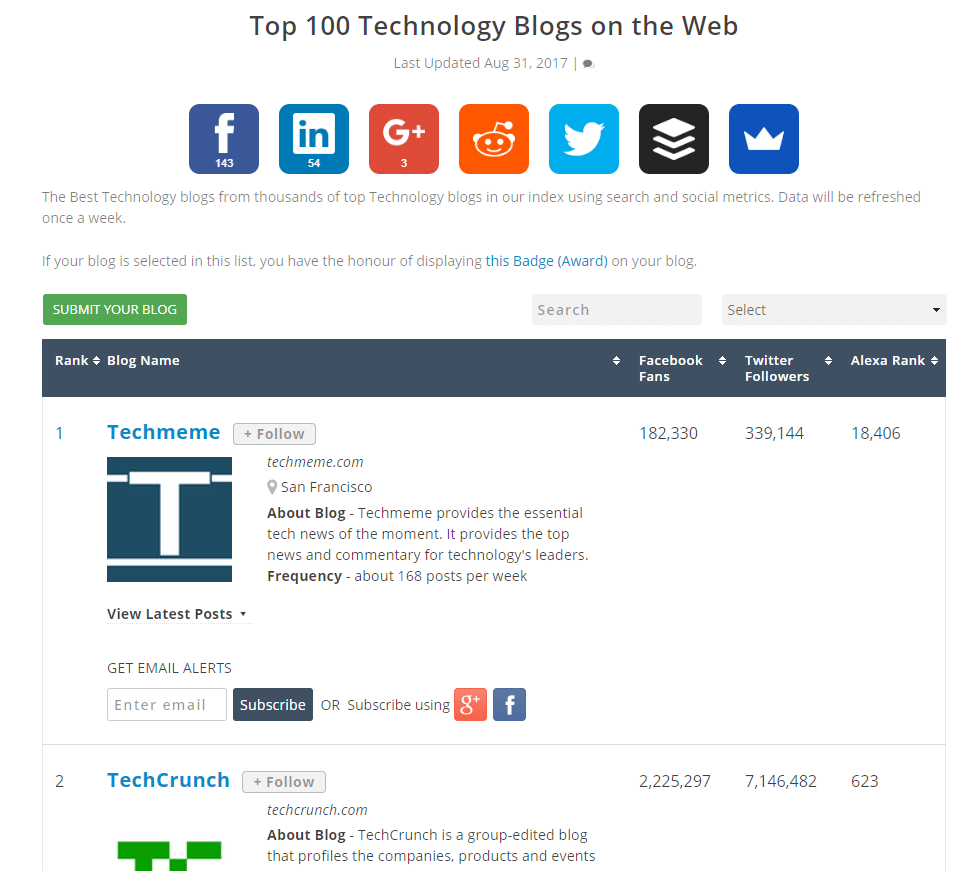


The goal here is to prospect for a potential target.
Look for companies that aren’t too big to the point where your product might get lost in the shuffle, but also look for companies with a strong following or influence.
Segment your lists based on top prospects and average prospects, and be sure to only offer a free product to an A list target, like TechCrunch.
Offer smaller blogs a coupon code for a discounted purchase.
Try sending simple emails that aren’t asking for too much up front. Like this:
Hello __
I really enjoy reading your blog, especially loved *insert post*.
I created a product that I think you would love. I run *insert company name* and we make *insert product name*.
I’d love to send you a free one and get your thoughts?
Cheers.
Sending a simple email that doesn’t outright ask for promotion is the best way to handle influencer outreach.
Make sure to provide great value and be ready to accept that not all bloggers will respond back.
But, as Patrick experienced, it only takes a few to drive your sales through the roof.
Now It’s Your Turn
The ecommerce industry has exploded in the last five years, making it that much more difficult to find success.
There are over 100,000 ecommerce stores on just Shopify, not including other major platforms like Magento.
Product markets are growing slimmer by the day. New businesses emerge every single day making it harder and harder to compete.
To add on to the struggles of growing an ecommerce business, we often read stories about how to hit it big with Shopify sites.
But the truth is, it isn’t that easy.
But that doesn’t mean it isn’t possible.
In fact, DODOcase was able to drive nearly $1 million in revenue in just 90 days of business.
And their product? An iPad case, probably one of the most competitive industries you can think of entering.
So the truth is, you don’t need to invent the next Facebook or Instagram to win big.
You just have to follow the proven steps that others have taken to launch their products.
Start by developing a creative piece that you can use for offline promotion and online marketing.
Then, promote your product by hosting a meetup or running a giveaway on social media.
Lastly, conduct outreach to influencers in your niche and offer them your product for free to review.
What are your favorite techniques that DODOcase used to achieve such incredible growth?
What tactics have you used to achieve growth?
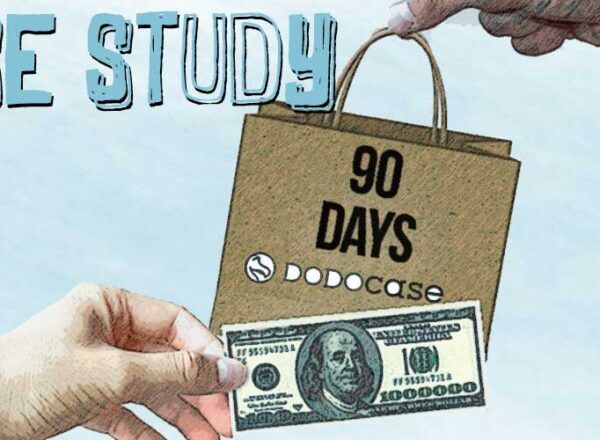
Comments